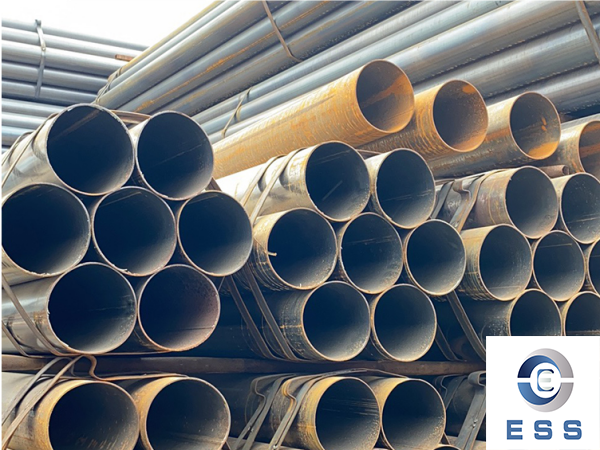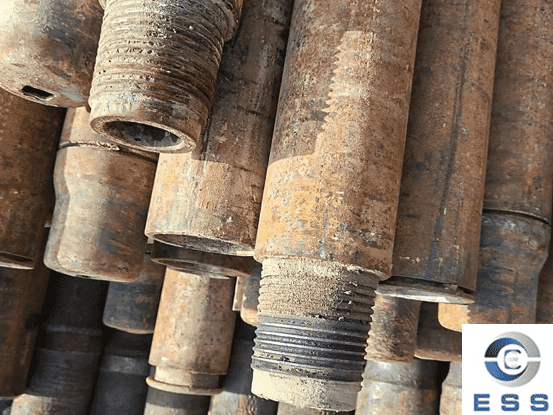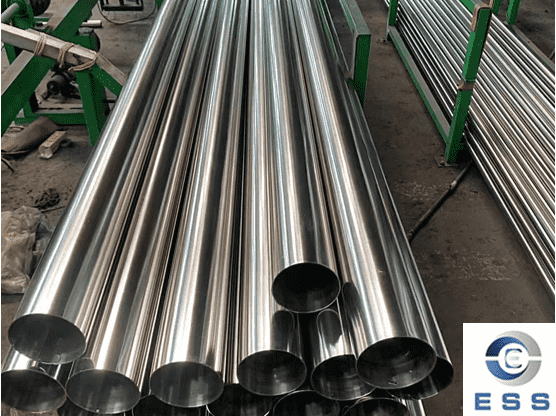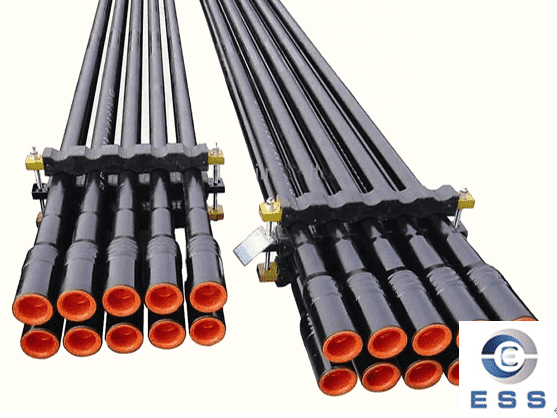Solutions to common problems in LSAW steel pipe pre-welding
1. Wrong side.
This is the most common problem in pre-welding. Misalignment will directly lead to the degradation or scrapping of the steel pipe. Therefore, it is required to strictly control the amount of edge deviation during pre-welding.

When the entire or more than half of the steel pipe blank appears to be out of tolerance, it is usually due to:
(1) The opening seam is not adjusted in place
(2) The seaming pressure roller is not adjusted in place (the circumferential angle of the pressure roller is wrong, or the center line of the tube blank is the axis, the left and right pressure rollers are asymmetrical, or the radial elongation of the opposite pressure rollers is inconsistent), and there is no pressure. round;
(3) The pre-bent edge is not pre-bent in place, which is caused by the phenomenon that the edge of the board is full of the straight edge.
When the head or tail of the tube blank is out of tolerance, it is usually due to;
(1) The position of the inlet and outlet rollers is wrong;
(2) The center of the ring frame is wrong;
(3) The seam-joining pressure roller is not rounded well, and the position of individual pressure rollers is deviated;
(4) Poor forming (the height difference between the two sides of the formed tube blank is large;
(5) The opening seam width is more than 150mm);
(6) Caused by pressure fluctuations in the hydraulic system.
2 .Welding burr and burnout on the back.
If the welding flash on the back is removed, it will be time-consuming and affect the normal production process; if it is not removed, it will affect the welding shape and tracking of the internal welding seam. Burn-through affects the quality of internal and external welding and needs to be filled.
The causes of welding spatter and burn-through on the back side are generally
(1) If the joint is not tight, it may be that the pressure in the hydraulic system is too low;
(2) Poor forming and large roundness deviation
(3) Improper selection of pre-welding process parameters. A certain welding current and arc voltage must be matched with an appropriate welding speed. If the line energy is too high or the welding speed is too low, it is easy to produce back welding nodules and burn-through.
3. pores.
Pre-weld weld porosity causes internal defects in both internal and external welds. Porosity occurs in pre-welded welds, usually due to
(1) The quality of the protective gas is poor, such as containing moisture, insufficient pressure and flow, etc.;
(2) The welding gun is partially blocked by the protective gas, resulting in an uneven gas cover and harmful gases.
(3) Caused by rust, oil stains, etc. on the groove.
4 .The weld seam is poorly formed.
Poor welding seam formation affects subsequent internal and external welding tracking, affects the stability of the welding process, and thus affects the welding quality. Welding seam formation is closely related to line energy. If the welding current and arc voltage are constant, the welding speed increases, and the welding seam penetration depth and width decrease, resulting in poor welding seam formation. When pores occur in the weld, poor weld formation often occurs.
5. splash.
Spatter during pre-welding can easily burn the surface or groove of the steel pipe and is difficult to remove, thus affecting the welding quality and the quality of the outer surface of the steel pipe. The main reason for splashing is that the protective gas composition is incorrect or the process parameters are incorrect. The proportion of argon in the protective gas should be adjusted.













 Eastern Steel Manufacturing Co.,Ltd not only improve product production and sales services, but also provide additional value-added services. As long as you need, we can complete your specific needs together.
Eastern Steel Manufacturing Co.,Ltd not only improve product production and sales services, but also provide additional value-added services. As long as you need, we can complete your specific needs together.










